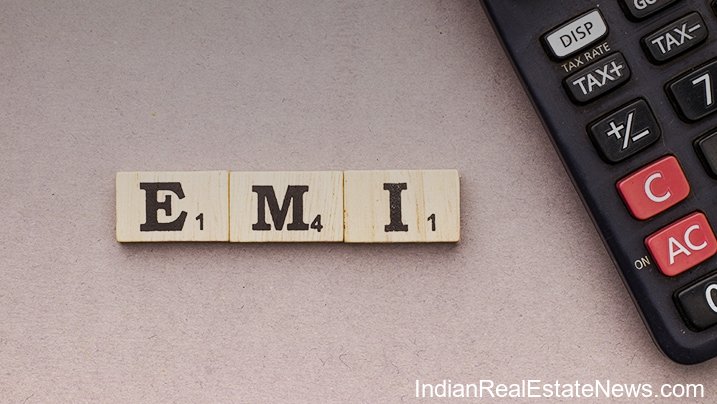When it comes to financing your dream home in India, understanding the nuances of home loan repayment is crucial. Among the various options available, two popular choices are pre-EMI and full EMI. Choosing the right repayment plan can significantly impact your financial planning and the overall cost of the loan. This article delves into the key differences between pre-EMI and full EMI repayment methods, helping you make an informed decision.
What is Pre-EMI?
Pre-EMI is the interest paid on the loan amount disbursed by the bank during the construction phase of a property. It is applicable when a homebuyer opts for a loan for an under-construction property. The borrower is required to pay only the interest component until the entire loan is disbursed and the property is ready for possession.
Advantages of Pre-EMI
- Lower Initial Outflow: Pre-EMI involves paying only the interest, resulting in a lower cash outflow during the construction phase.
- Flexibility: Offers flexibility to manage finances better until the property is ready for possession.
Drawbacks of Pre-EMI
- Longer Interest Payment: Since the principal repayment starts only after full disbursement, it may lead to paying more interest over the loan tenure.
- No Principal Reduction: During the pre-EMI period, there is no reduction in the principal amount.
“Pre-EMI is a suitable option for those who expect an increase in income in the near future or have other financial commitments during the construction phase,” says Ravi Kumar, a financial advisor.
What is Full EMI?
Full EMI refers to the regular monthly installment that includes both the interest and principal components. This option begins immediately after the first disbursal of the loan, irrespective of the construction status of the property.
Advantages of Full EMI
- Principal Repayment Begins Early: Starting full EMI payments early helps reduce the outstanding principal amount sooner.
- Potentially Lower Interest Cost: Since the principal repayment starts immediately, the overall interest cost over the loan tenure may be lower compared to pre-EMI.
Drawbacks of Full EMI
- Higher Initial Outflow: Full EMI payments require a higher cash outflow from the beginning, which might be challenging for some borrowers.
“Choosing full EMI is beneficial for those who can manage higher monthly payments from the outset and want to minimize total interest costs,” remarks Suman Mehta, an economist.
| Aspect | Pre-EMI | Full EMI |
|---|---|---|
| Payment Structure | Interest only until full disbursement | Principal + Interest from first disbursal |
| Cash Outflow | Lower initially | Higher from the start |
| Principal Reduction | Begins post full disbursement | Begins immediately |
| Total Interest Paid | Potentially higher | Potentially lower |
Frequently Asked Questions
Q1. Who should opt for pre-EMI?
Borrowers who have other financial commitments or expect their income to increase in the near future may find pre-EMI beneficial due to lower initial cash outflows.
Q2. Is it possible to switch from pre-EMI to full EMI?
Yes, most lenders allow borrowers to switch from pre-EMI to full EMI once the construction is complete or whenever the borrower is financially ready.
Q3. How does full EMI impact tax benefits?
Under full EMI, borrowers can begin claiming tax benefits on both principal and interest payments from the start, potentially maximizing tax savings sooner.
Q4. Can I prepay or foreclose my home loan during pre-EMI?
Yes, borrowers can prepay or foreclose their home loans during the pre-EMI period, although some lenders may charge a prepayment penalty.
Q5. Does the choice between pre-EMI and full EMI affect the loan tenure?
Generally, the choice between pre-EMI and full EMI does not directly affect the loan tenure, but full EMI can lead to faster principal reduction, potentially shortening the effective tenure.
In conclusion, both pre-EMI and full EMI have their unique advantages and limitations. The choice largely depends on the borrower’s financial situation, income expectations, and long-term financial goals. By carefully evaluating these factors, you can select the repayment option that best aligns with your needs, ensuring a smoother journey towards owning your dream home.
